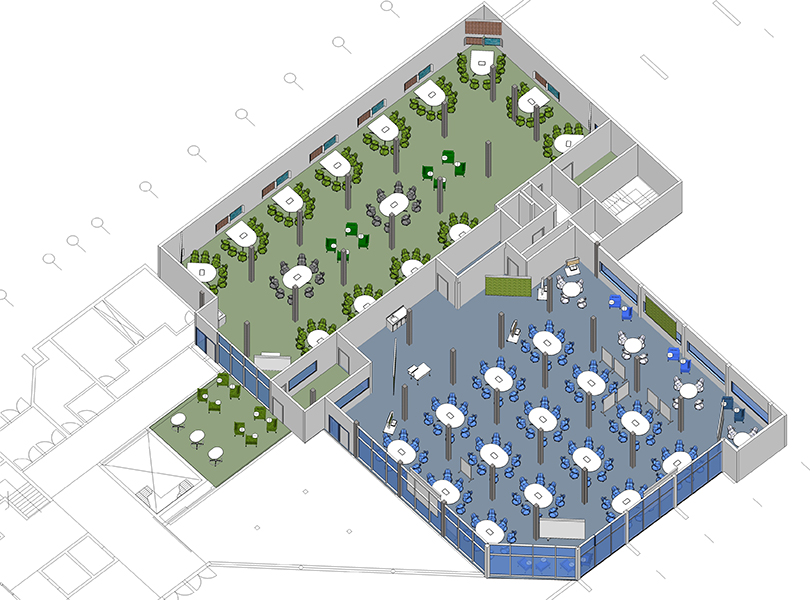As architects, we discuss trends in education with our clients all the time. We like our experience to be first hand, to know how things work, so we can best advise them on solutions for their projects. And this sensible approach is effective, right? But is it really the ideal? Clients might want something different, something specific to their circumstances. Or they might want to learn with us. In those cases, we need know-how plus creativity. We need a thoughtful risk.

Admittedly, I bore easily with convention. I like to look at problems from new and possibly impractical ways to see unexplored alternatives. That doesn't mean I don't appreciate the fundamentals of good architecture, like fresh air, daylight and a building envelope that will stand the test of time, but I like them with a big dollop of "what if?" on top.
Encouraging risk-taking in learning environments has been a hot topic recently, as noted in a recent blog by Barney Mansavage. How do we design places where students feel comfortable enough to take a risk, fail, pick themselves back up and learn from the experience? Not only do they gain new capabilities in the process, but also learn resilience. And that is a powerful life skill.
The day of the Active Learning Classroom is here. "Active learning" is about getting students into smaller, interactive groups where they get to know and trust each other, and thereby are willing to take risks. Many colleges and universities are changing their pedagogy and physical spaces to accommodate this trend. What interests me about transitioning out of traditional classrooms is that instructors are developing new content and delivery methods to take full advantage of their new spaces. They are taking risks in the classroom, too.
Currently, we are working on the University of Washington's Active Learning Pilot for the Schools of Health Sciences. Part of the design team's goal is to outfit two classrooms with different furniture and technology to see which works best, or discover that both work for different types of classes. However, before spending money on building more of these spaces, UW wants to try them out first.
I love that they included the word "pilot" in the title. It reminds us to be disciplined about not falling back onto the tried and true. If the instructors and the students are taking risks, why shouldn't we?
As a group, we discussed the possibility that one classroom will not be as successful as the other, or that instructors will want to tweak and change things after students arrive. Our solution has been to add in some time at the end of the project so that UW can take the rooms for a test drive. In turn, we can make adjustments as the instructors continue to learn how to use their new facilities.
This process has been changing our expectations for the end product. Instead of clinging to a perfect, predictable conclusion, we feel encouraged to be curious about what will happen and excited about responding to the outcome. We are taking a risk, but not being frivolous about it.

